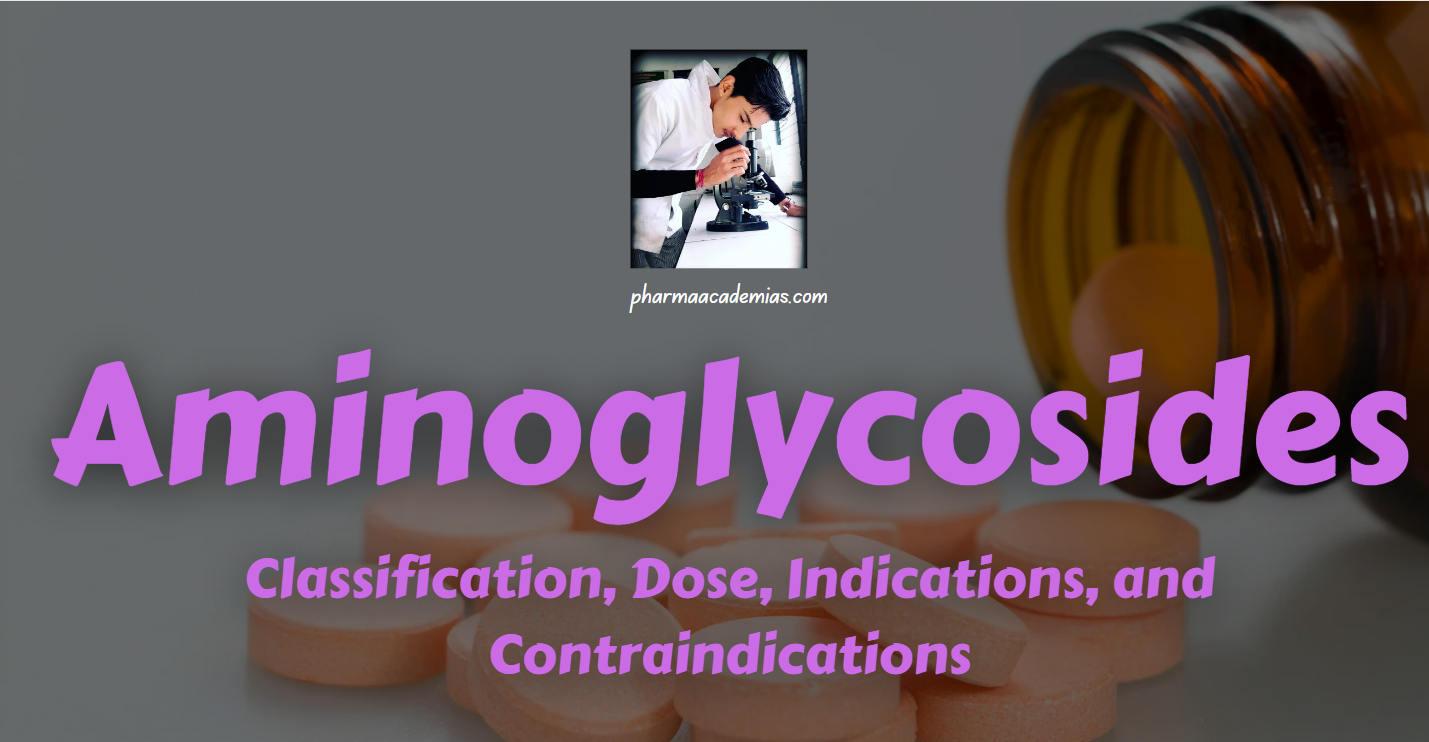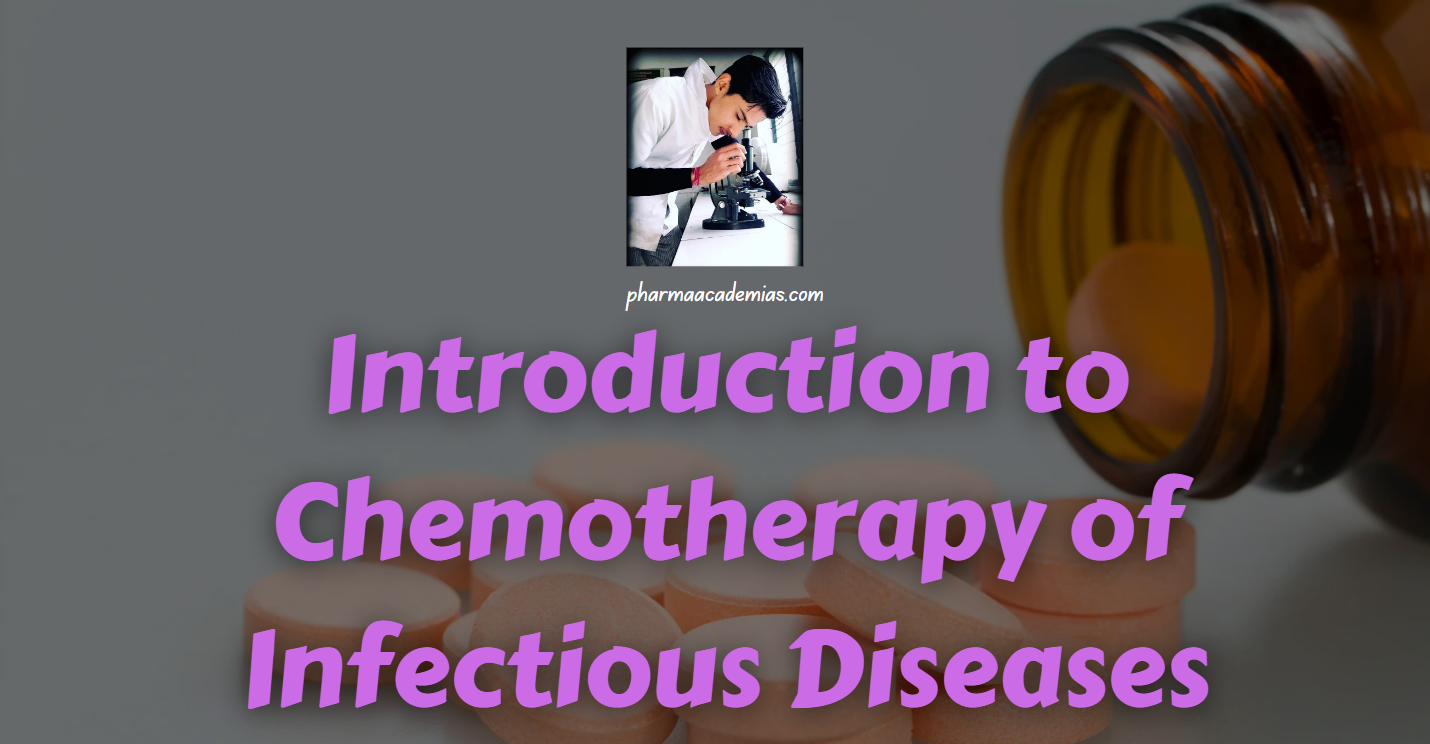Macrolides are a class of antibiotics characterized by a distinctive macrocyclic lactone ring structure. These antibiotics are effective against a wide range of bacteria, particularly Gram-positive bacteria. The mechanism of action of macrolides involves inhibiting bacterial protein synthesis by binding to the bacterial 50S ribosomal subunit. This interference disrupts the …
Fluoroquinolones : Classification, Dose, Indications, and Contraindications
They are characterized by a fluorine atom at the C-6 position, which distinguishes them from other quinolones. These antibiotics exhibit a broad spectrum of activity against Gram-negative and Gram-positive bacteria. 1. Classification of Fluoroquinolones Fluoroquinolones are synthetic antibacterial agents belonging to the broader category of antibiotics known as quinolones. The …
Aminoglycosides: Classification, Dose, Indications, and Contraindications
Various species of bacteria, primarily actinomycetes, give rise to a class of antibiotics known as aminoglycosides. These antibiotics are characterized by their chemical structure, consisting of amino sugars connected by glycosidic linkages. They earn recognition for their broad-spectrum antibacterial activity, particularly against Gram-negative bacteria. Aminoglycosides play a crucial role in …
Cephalosporins: Classification, Dose, Indications, and Contraindications
Cephalosporins are a group of broad-spectrum antibiotics that belong to the beta-lactam class. They are structurally and functionally related to penicillins, another group of antibiotics. Cephalosporins are derived from the fungus Acremonium (formerly known as Cephalosporium), and they exhibit antibacterial activity by interfering with the synthesis of bacterial cell walls. …
Penicillins: Classification, Dose, Indications, and Contraindications
Penicillins are a class of antibiotics with a common core structure known as a beta-lactam ring. They were the first antibiotics discovered and revolutionized the treatment of bacterial infections. Here’s an overview of penicillins: Chemical Structure Penicillins have a beta-lactam ring and are classified based on their side-chain structure. The …
Introduction to Chemotherapy of Neoplastic Diseases
Chemotherapy is a crucial component of cancer treatment that involves the use of drugs to kill or inhibit the growth of cancer cells. Neoplastic diseases, commonly known as cancer, are characterized by uncontrolled cell division and the ability of cancer cells to invade surrounding tissues. Chemotherapy aims to target and …
Introduction to Chemotherapy of Infectious Diseases
Chemotherapy refers to the use of drugs to treat diseases. In the context of infectious diseases, it involves antimicrobial agents to combat infections caused by bacteria, viruses, fungi, or parasites. Chemotherapy in infectious diseases aims to selectively target and eliminate the causative microorganisms while minimizing damage to the host’s cells. …
B.pharma: Physical Pharmaceutics -Ist previous year question paper
📚 Welcome to pharmaacademias.com – Your Gateway to Academic Excellence! 🌐 Unlock the secrets to success with our extensive collection of previous year question papers, meticulously curated to elevate your learning experience. 🚀 Embark on a journey of preparation and mastery as you download these valuable resources, tailored to help …
5-HT antagonists: Classification, clinical uses, and adverse effects
5-HT antagonists, also known as serotonin receptor antagonists, are a class of drugs that inhibit the action of serotonin, a neurotransmitter that plays a crucial role in various physiological processes. These antagonists block the binding of serotonin to its receptors, thereby modulating its effects. There are different subtypes of serotonin …
Classification of Antihistamines
Antihistamines are a class of drugs designed to counteract the effects of histamine, a natural compound released by the body in response to allergens. Histamine plays a central role in allergic reactions and is responsible for various symptoms such as itching, sneezing, runny nose, and watery eyes. Antihistamines block histamine …









